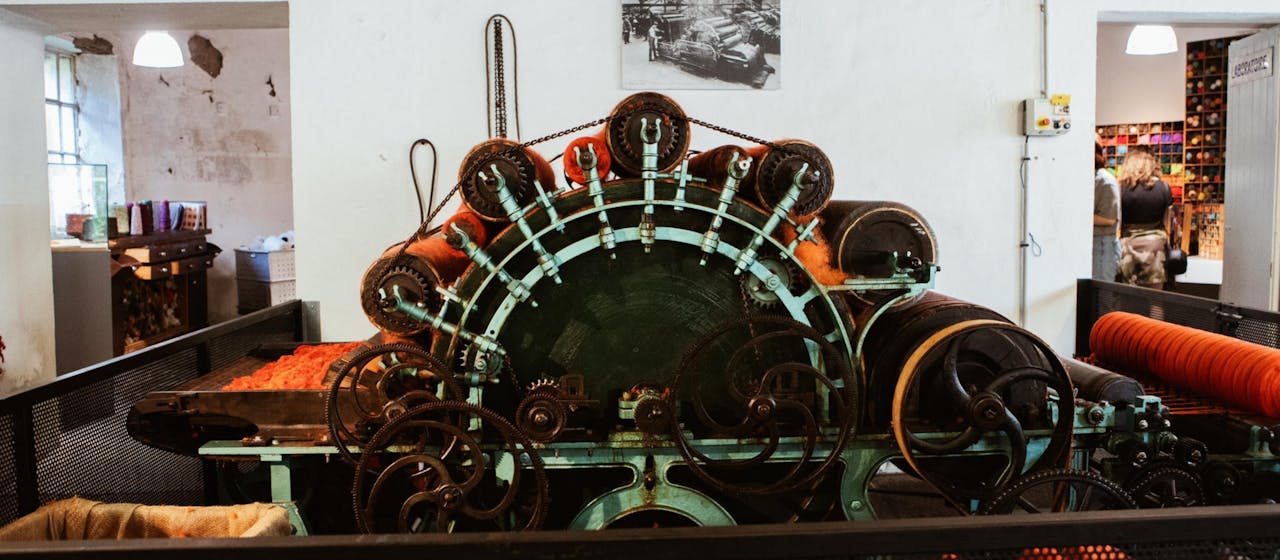
Why is the wool industry disappearing in the Tarn?
Ubac went to meet the actors of the wool industry in Tarn. To begin our tour, we looked at the historical context and reasons for the presence and decline of a strong textile industrial activity in the region.
Our team was already quite familiar with these processes, but something struck us: the machines of the 19th century work in the same way as those of today. But then, if nothing has changed, how can we explain the decline of French wool, especially in Tarn? We will try to bring some elements of answer in this article.
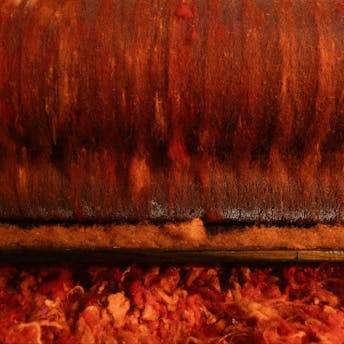
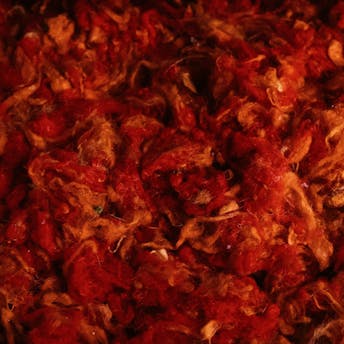
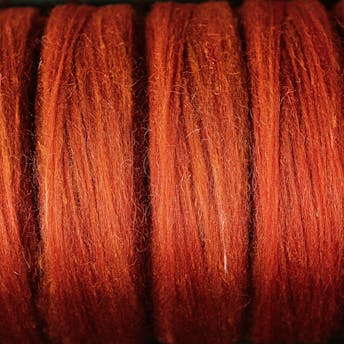
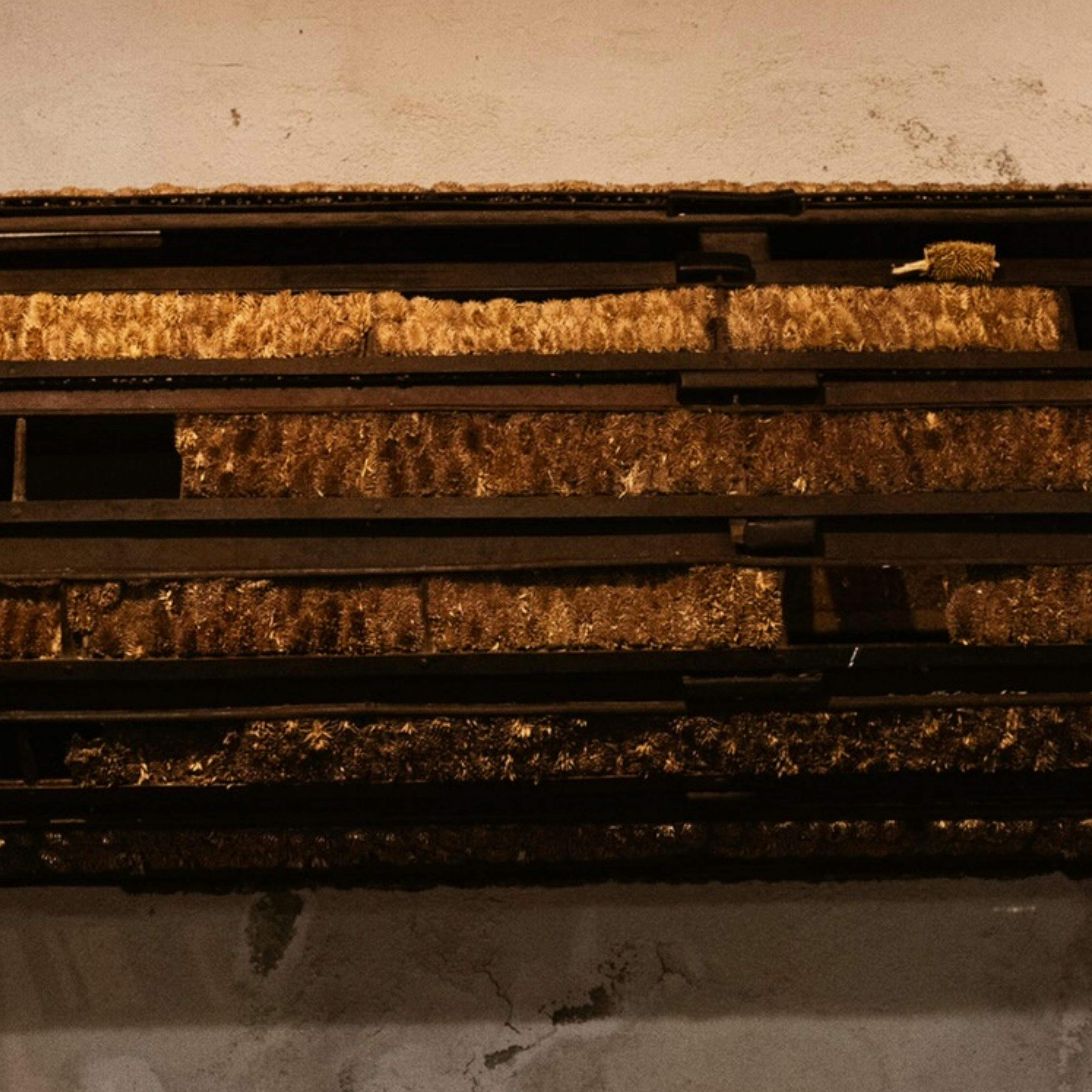
Context
Why did the wool industry develop in Tarn?
To make wool, you need several elements: sheep, know-how, rivers, dyeing facilities nearby, a good geographical location.
Since the 16th century, there has been a strong drapery activity in the Tarn: the specialty is carded wool (carding is one of the stages of wool transformation. It consists in passing the material in a carding machine to stretch and unravel it before weaving it. The word carding comes from the thistle: the prickly flowers were put on big rollers to work the wool), this activity will develop even more at the end of the 17th century with the influence of Colbert.
The river
To develop a wool industry, you also need a river. When you look at the village on a map, you can see several streams, as well as a river that runs right by the museum: the Thoré.
The presence of a river was essential to operate the fulling mills (these mills were used to degrease and soften the wool before working it by beating it with clay) before mechanization.

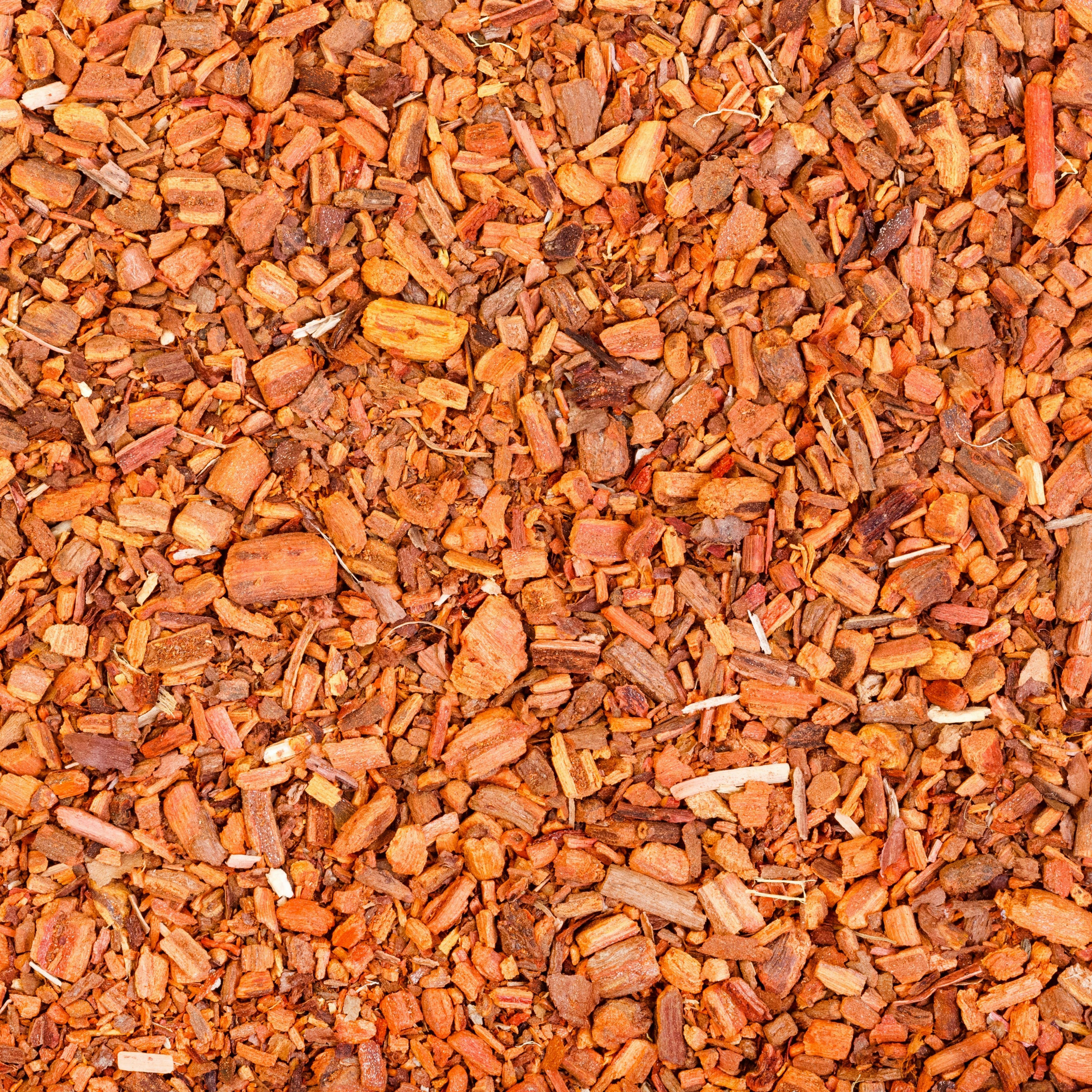
Plants and geographical situation
To explain the development of wool in the Tarn, we can also mention the presence of three important plants that were found nearby and used for dyeing: madder (photo), which came from the county of Avignon, woad, which came from the Albigensian region, and reseda from the dyer.
Finally, Tarn is ideally situated between Bordeaux and Marseille, which favors commercial exchanges.
The entry into the golden age
All these reasons explain the development of the wool industry in the Tarn. From 1820, the first mechanical machine (thanks to the industrial revolution and the English) arrived in Labastide.
It is then that the textile production accelerates: women's and men's fashion, civil and military clothing... We enter the golden age of the Tarn textile.
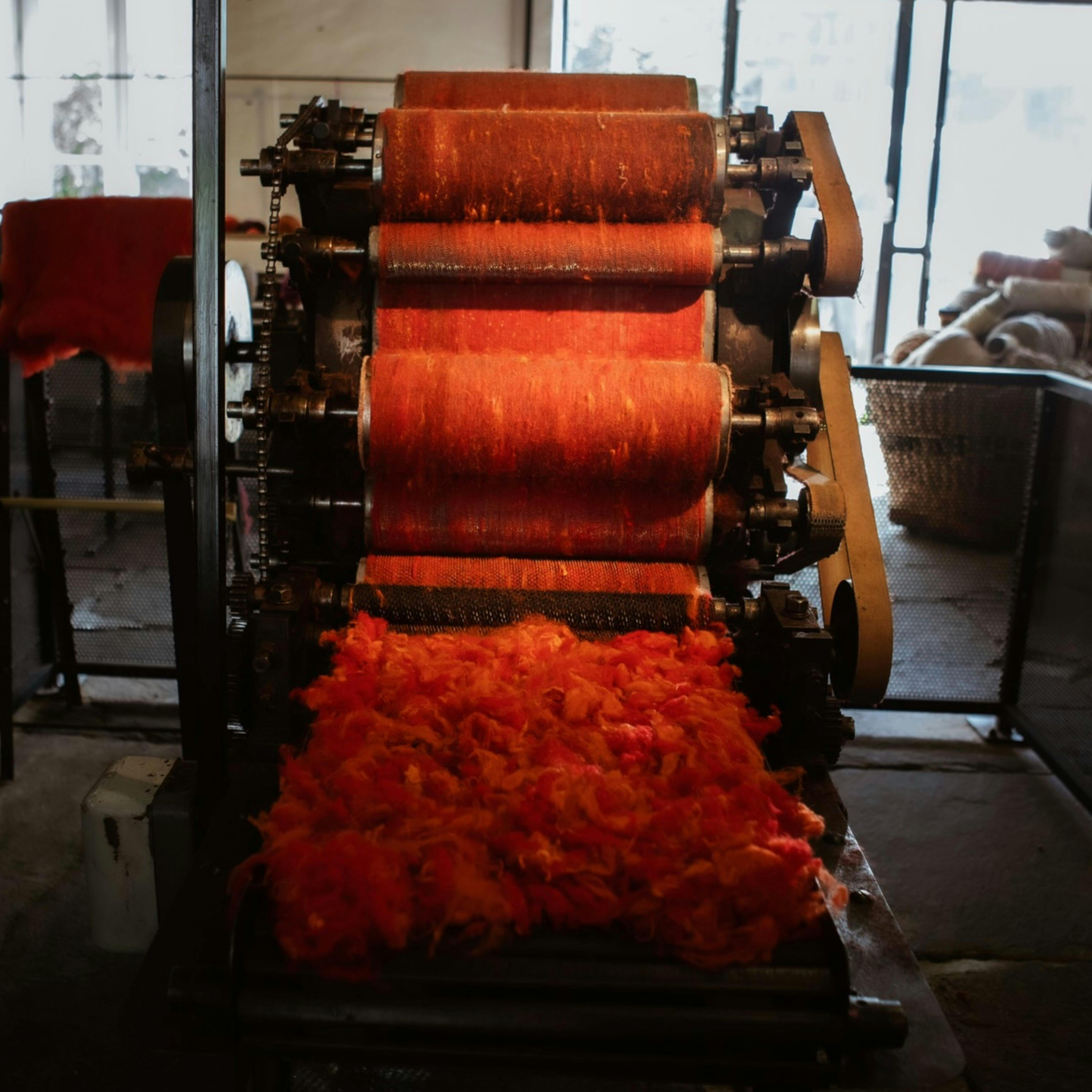
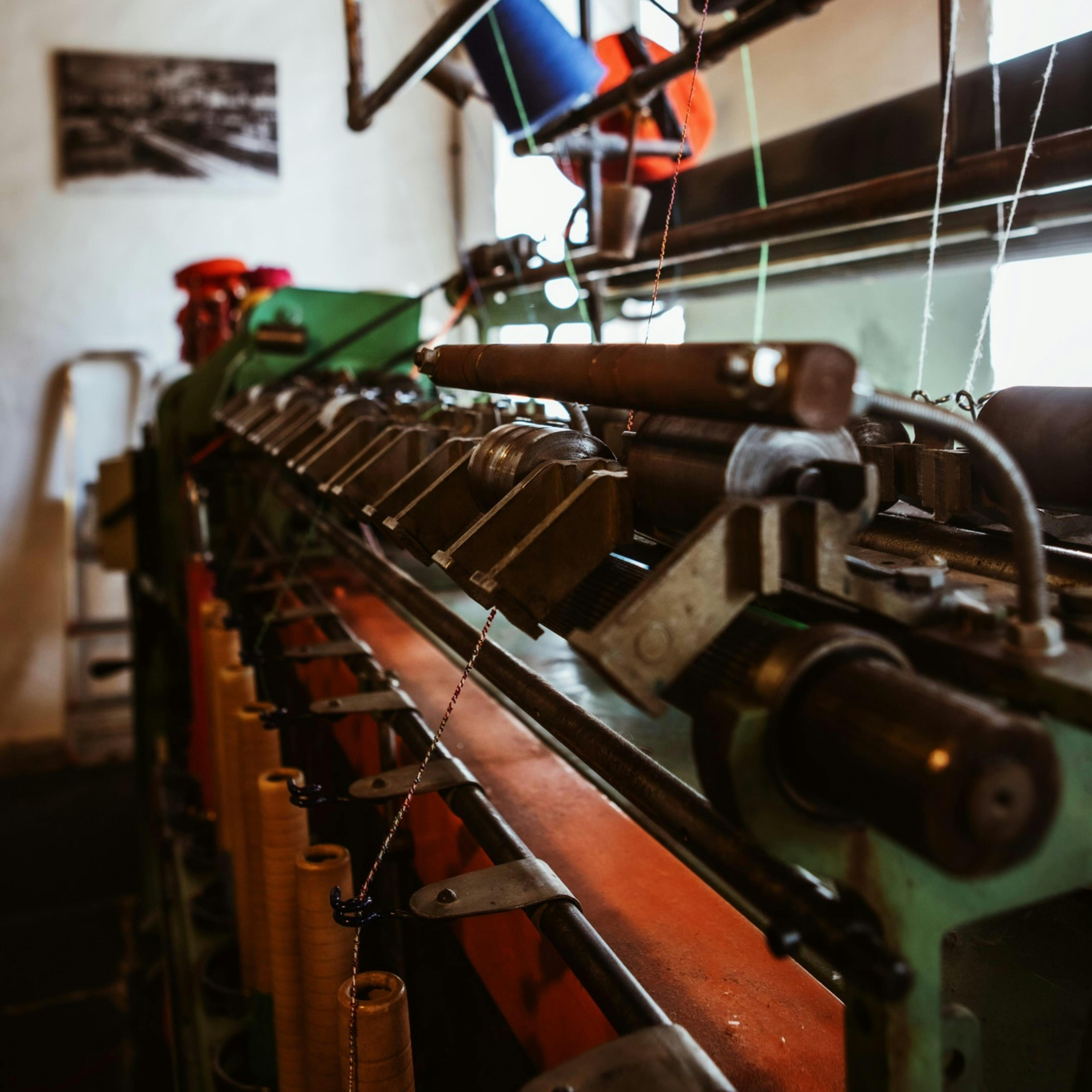
Unchanged principles
At the museum, we could see that the principles of machines have not changed since the arrival of mechanization. When we compare a carding machine, a spinning machine or a loom from the 19th century and a current machine, we realize that the basis has remained the same.
Only notable changes: the speed of production and the energies are no longer the same, which constitutes a good set of clues to understand the decline of the Tarn wool.
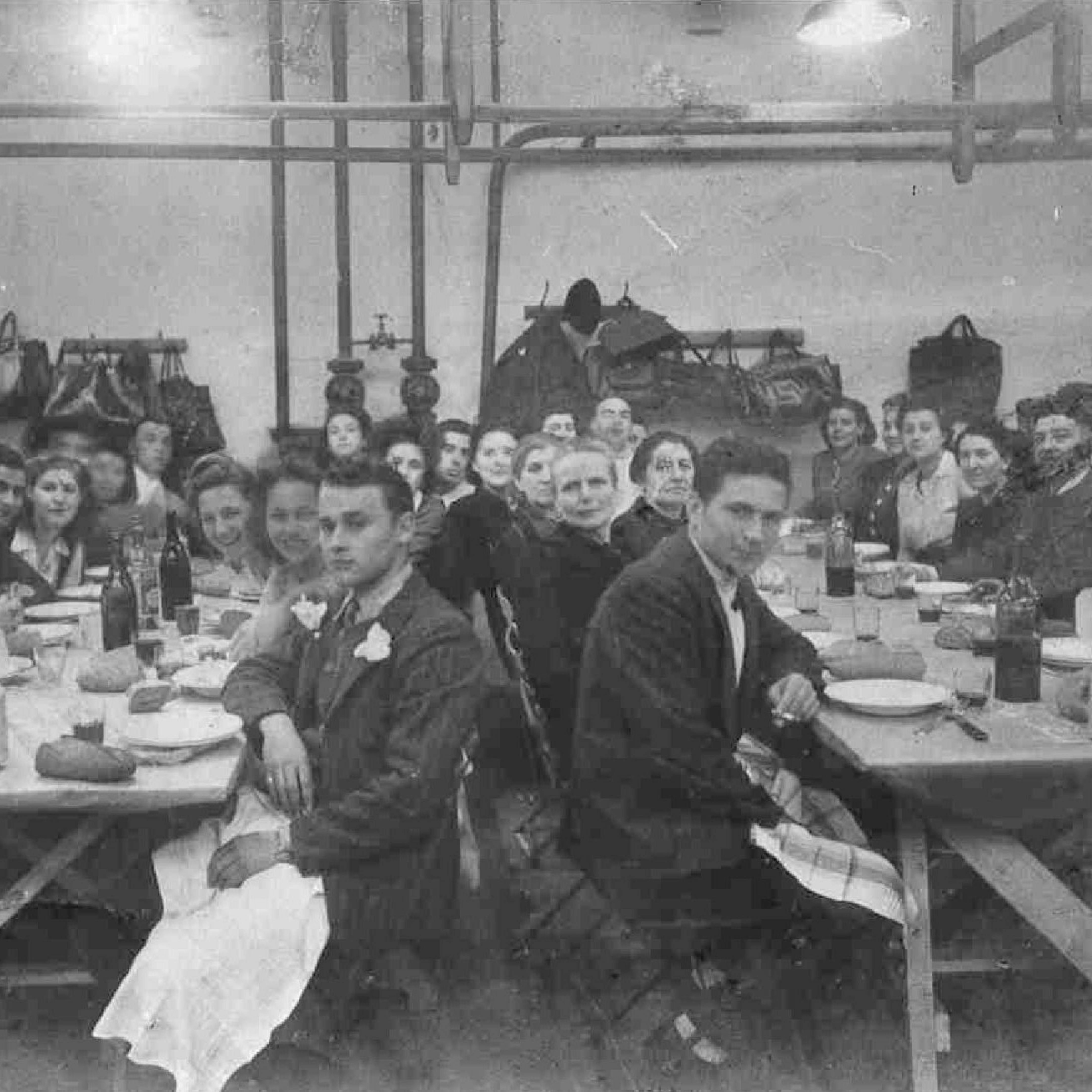
After the peak, the decline
Peak
In the 1950s, the industrial activity of Labastide is at its peak.
In general, the big bosses set up social benefits and an important life around the spinning mills (photo), which employed half of the inhabitants of the village. The aim was to keep the employees, who often held manufacturing secrets and great know-how, loyal.
Decline
In the 1970's, we witnessed the decline of the French industry in general.
In the village, they try to maintain the activity through social struggles or strikes which do not succeed. Julia and Katia explain us that this memory is painful for the population of Labastide. But then, which reasons explain this decline?


Textiles are changing.
Since the 1950s, synthetic textiles have taken a majority of the market share.
Today, less than 2% of fabrics are made of wool. This leads to a decrease in the demand for wool and slows down the production of the Tarn.
Ready-to-wear clothing is becoming more democratic.
With the multiplication of clothes, they lose their value.
Julia explains to us that, in the past, textiles were precious goods that were found in inventories, wedding trousseaux or even wills. These products were expensive, rare, and represented an important economic capital.
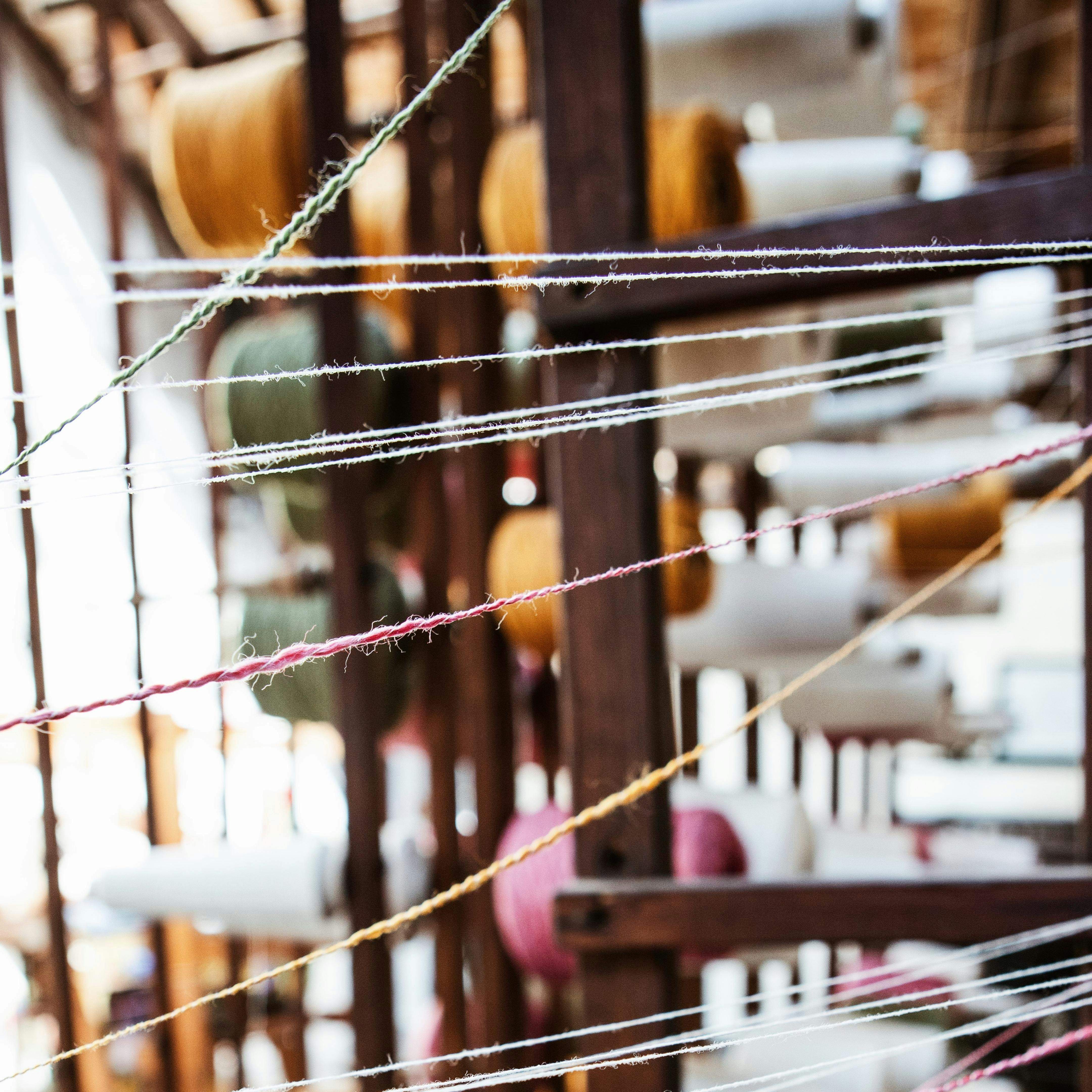
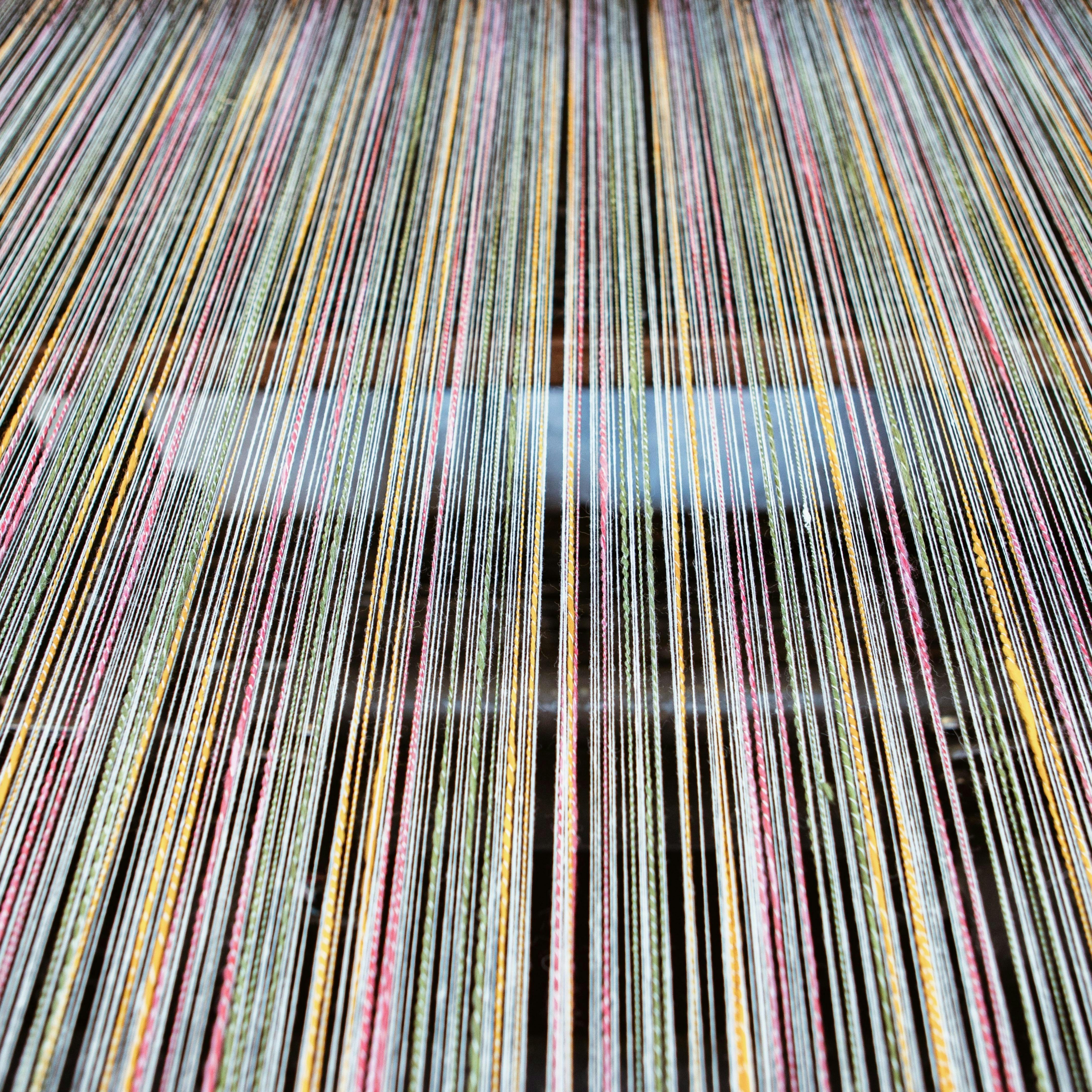
Production is standardized and intensified
With the ready-to-wear industry, sizes are standardized, production quantities increase, forcing to lower manufacturing costs, which is not necessarily possible when employees are paid decently, as in the Tarn.
These elements lead to a massive relocation of factories in countries that are less concerned about the wages of workers.
Layoffs increase
Improved machine performance also means that fewer workers are needed to produce.
Companies start to lay off large numbers of people, causing a decline in industrial activity in the region.
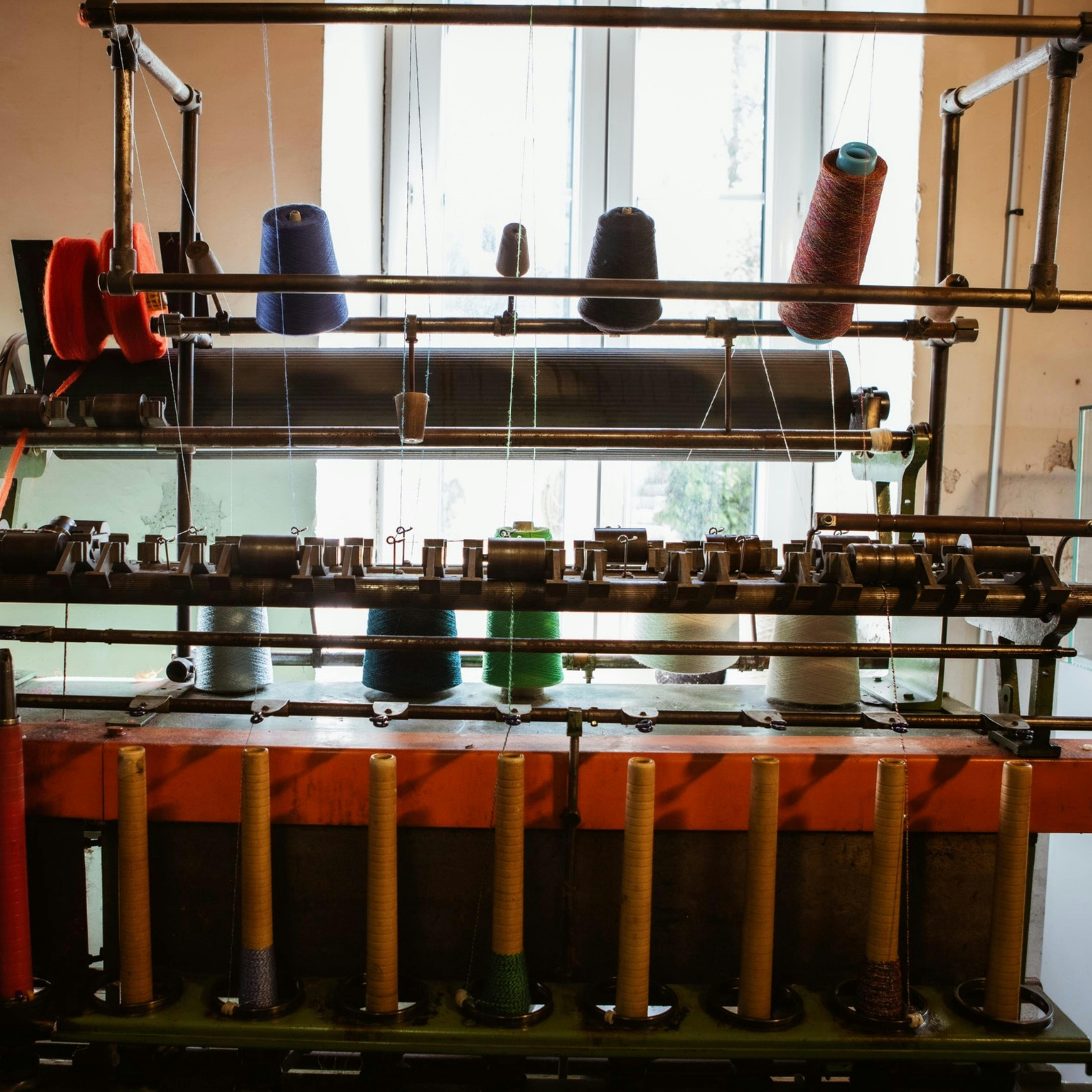
The democratization of synthetic ready-to-wear clothing, as well as all the causes mentioned above, have led to the closure of the vast majority of wool companies in the Tarn. Today, while the modes of consumption tend to more minimalism for a better quality, what is the situation in the region?
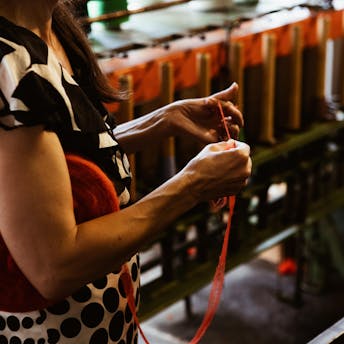
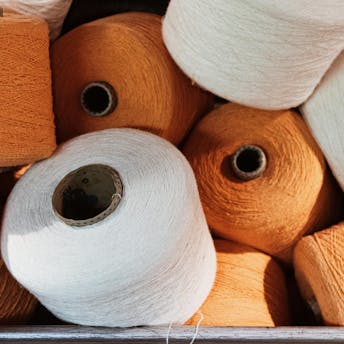


How about today ?
Textile in Europe has changed
Today in France and in Europe in general, the textile sector is focused on technical fabrics (military, medical, aeronautics...).
This implies a lot of research and development. Julia explains to us that it is mainly the rich silk manufacturers (industrialists or traders in the field of silk) of Lyon who were able to invest in this field.
A rather optimistic report
Today, in Labastide, there are about 1200 inhabitants who have mostly converted to the wood industry and service professions.
Julia and Katia, our guides, are rather optimistic: for 2 years, they have noticed that initiatives are multiplying, as much from the producers as from the general public: relocation of the Occitan hemp industry, sale of textiles directly to the consumer or innovation from the emblematic companies of the sector, nothing is lost!

The survival of the wool industry in the Tarn is difficult, but some actors are still present. At Ubac, we work with Pierre (photo), who runs the Calvet weaving mill, and Fabrice, who manages the park spinning mill. We went to meet them to explain how, each in their own way, they perpetuate the wool know-how of the Tarn by adapting their work to current issues. Their portraits will soon be available.

